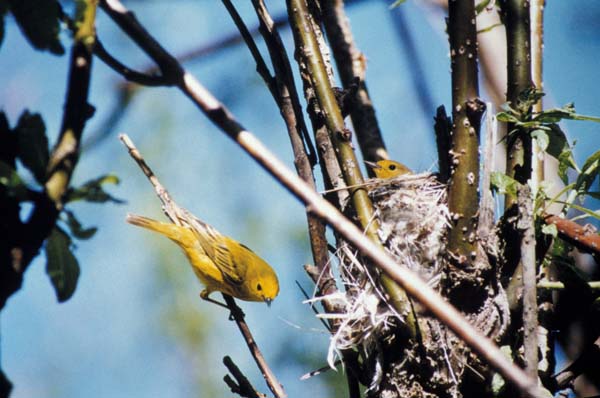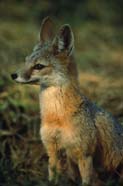Is a particular species eating human-provided food? A group of researchers studying the endangered San Joaquin kit fox found that analyzing the stable isotopes of carbon and nitrogen in the foxes’ fur painted a more accurate picture of the foxes’ diet than scat analysis alone. The team’s analysis is based on the idea that corn, a C4 grass, is the basic building block of modern, industrial food. Therefore, in areas of the country where C3 grasses predominate, looking for that skewed C13/N15 stable isotope signature can point towards a diet of modern, industrial people food.
The researchers found that the kit foxes living in an urban area in California had a C13/N15 signature almost identical to the people living in the area. And while they found the occasional scrap of food wrapper, because there are no bones or hair, the foxes’ people-food meals (which might have been garbage, or dog food left on the back porch), otherwise left little evidence in scat.
The researchers note that this technique has widespread uses. They also note that C4 grasses are native to some areas of the country, particularly in the South and West, and and would influence results there.
The paper, in The Journal of Mammalogy is open access.
Photo: B. “Moose” Peterson. Courtesy US Fish and Wildlife Service
 Researchers saw an adult Abert’s towhee throw two nestlings out of its nest after the researchers had collared the nestlings’ throats as a part of a study of the nestlings’ diet. The researchers also observed yellow- chats retrieving food from their nestlings after throat ligatures were applied. The researchers had no problem getting food samples from song sparrow nestlings with throat ligatures.
Researchers saw an adult Abert’s towhee throw two nestlings out of its nest after the researchers had collared the nestlings’ throats as a part of a study of the nestlings’ diet. The researchers also observed yellow- chats retrieving food from their nestlings after throat ligatures were applied. The researchers had no problem getting food samples from song sparrow nestlings with throat ligatures. Researchers saw an adult Abert’s towhee throw two nestlings out of its nest after the researchers had collared the nestlings’ throats as a part of a study of the nestlings’ diet. The researchers also observed yellow- chats retrieving food from their nestlings after throat ligatures were applied. The researchers had no problem getting food samples from song sparrow nestlings with throat ligatures.
Researchers saw an adult Abert’s towhee throw two nestlings out of its nest after the researchers had collared the nestlings’ throats as a part of a study of the nestlings’ diet. The researchers also observed yellow- chats retrieving food from their nestlings after throat ligatures were applied. The researchers had no problem getting food samples from song sparrow nestlings with throat ligatures.
